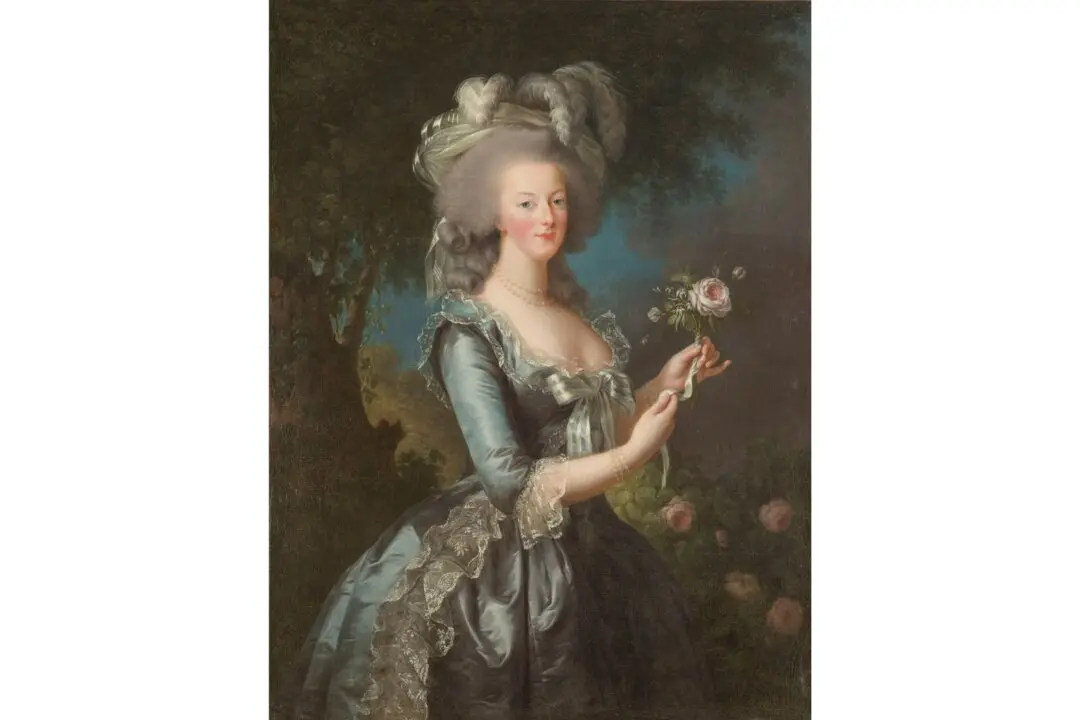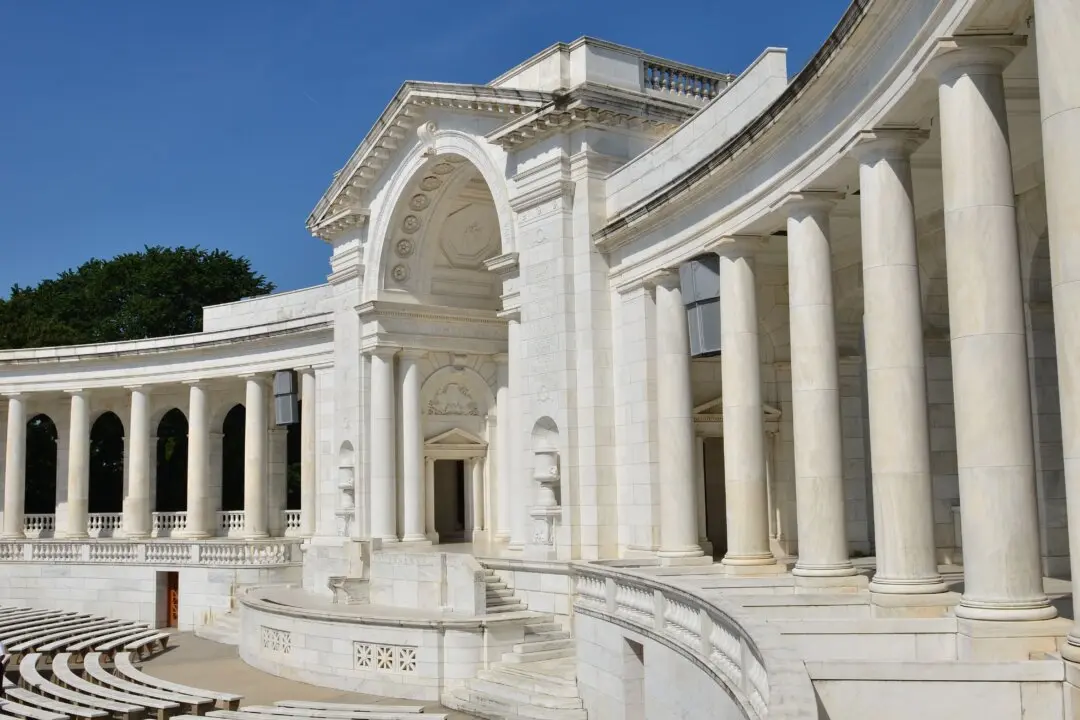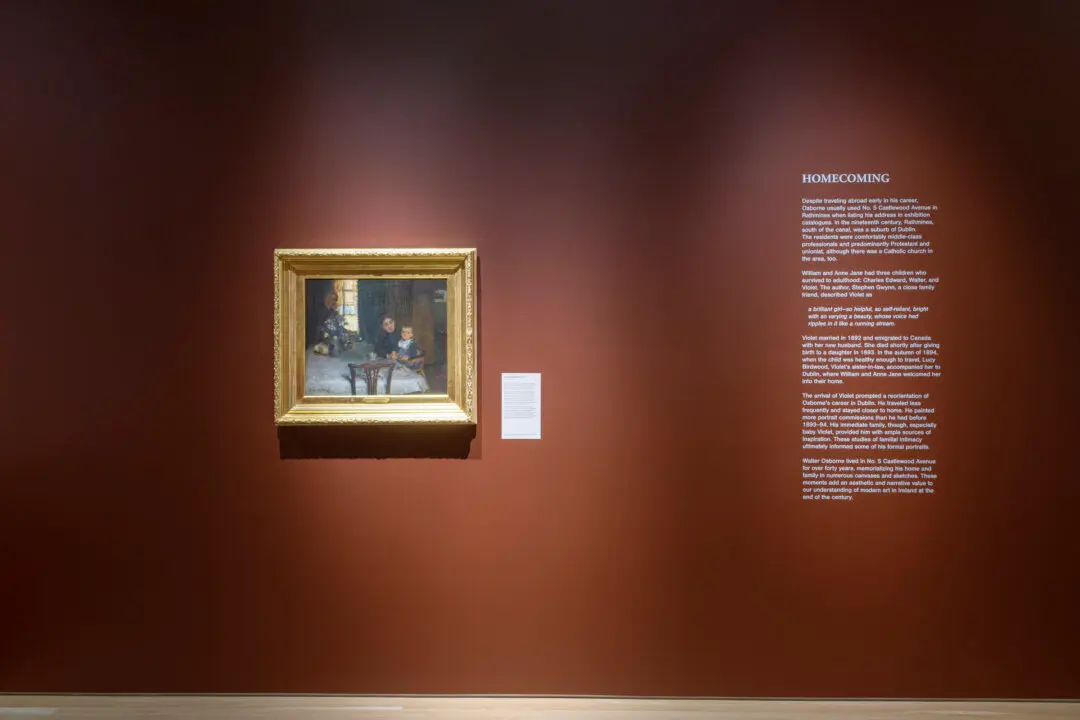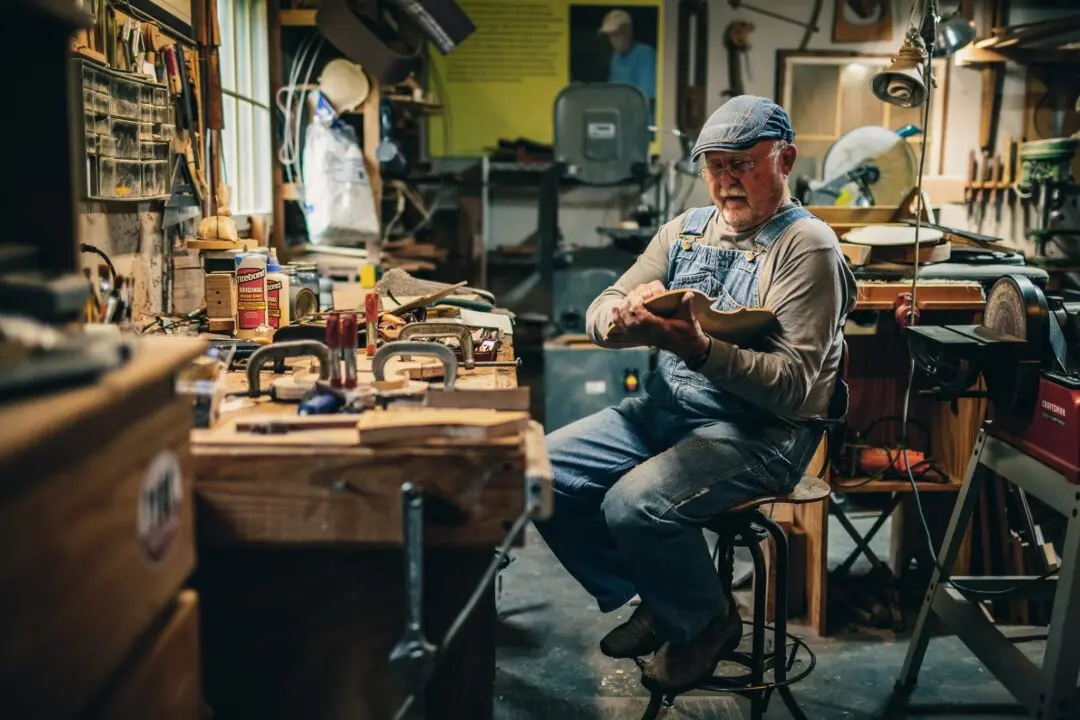Across the country, there are some fascinating winter exhibitions that highlight some of the rarest and finest of European art and craftsmanship, from Hans Holbein the Younger and Jacques Louis David in New York to Bartolomé Esteban Murillo in Dallas.
A World First: Painter Jacques Louis David’s Drawings
In the 18th century, neoclassical artist Jacques Louis David convincingly conveyed timeless themes throughout all his paintings, including political turmoil. As a supporter of the revolution, he painted French revolutionary history as it happened—eventually becoming Napoleon’s painter.David often spent years refining an idea on paper and canvas before realizing the finished piece. Yet, surprisingly, for such a celebrated artist, The Metropolitan Museum of Art in New York’s upcoming exhibition, “Jacques Louis David: Radical Draftsman” is the first major exhibition devoted to David’s works on paper.






